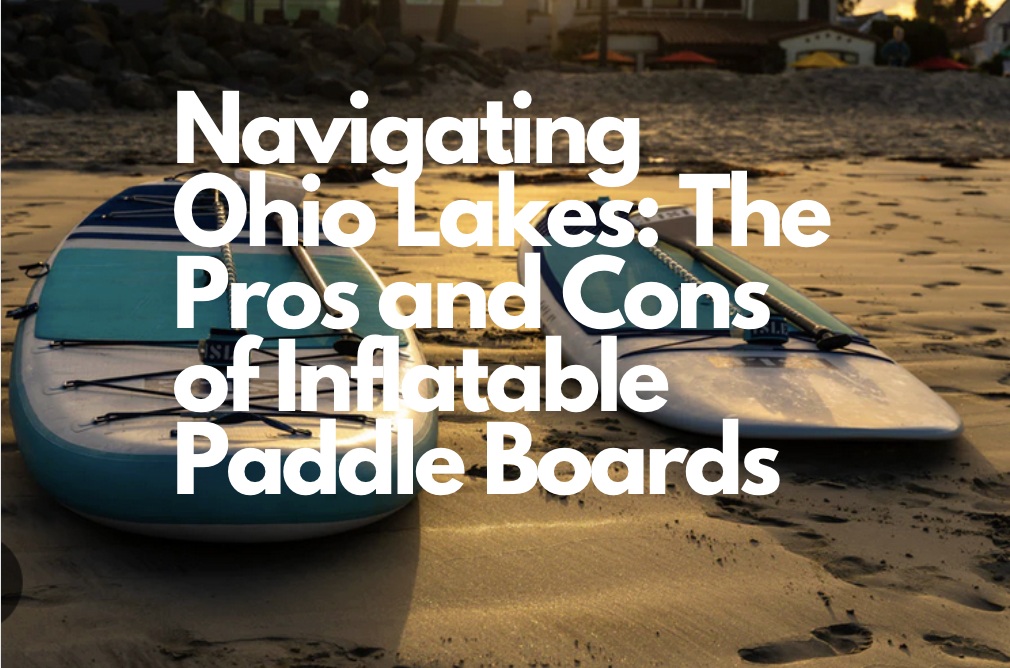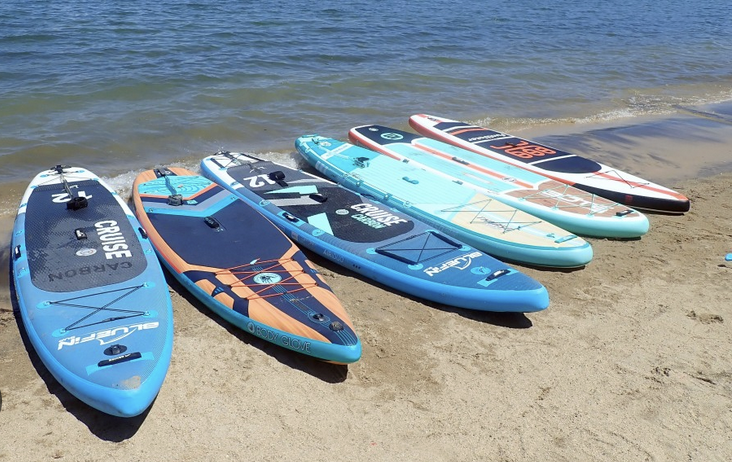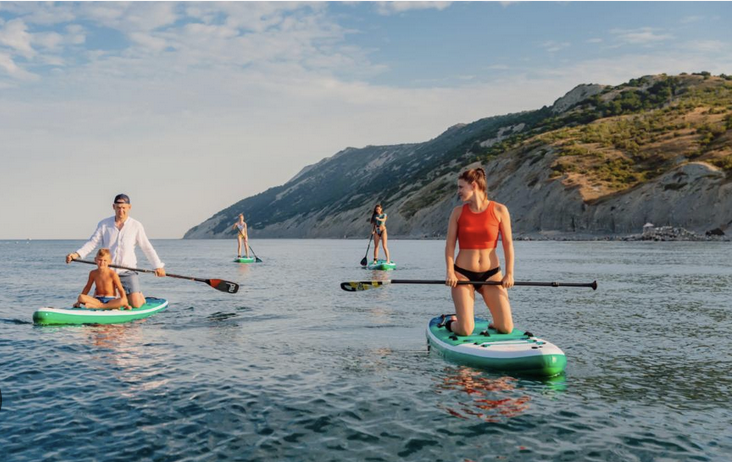
Ohio is home to numerous beautiful lakes that offer serene waters and breathtaking views, making them ideal destinations for paddle boarding enthusiasts. When it comes to choosing the right paddle board for your lake adventures, inflatable paddle boards have become increasingly popular for their portability and convenience. However, like any other product, they come with their own set of pros and cons. Let’s delve into the advantages and disadvantages of using inflatable paddle boards on Ohio lakes.
Pros:
Portability
Inflatable paddle boards are incredibly portable compared to their rigid counterparts. They can be deflated and rolled up into a compact size, making them easy to transport in a car, RV, or even on a bicycle. This portability opens up opportunities to explore various lakes across Ohio without the hassle of carrying bulky equipment.
Storage
Storage is often a concern for paddle boarders, especially for those living in apartments or with limited space. Inflatable paddle boards solve this problem as they can be deflated and stored in a closet, under a bed, or in a small corner of a garage when not in use. This convenience makes them a practical choice for urban dwellers or anyone with limited storage space.
Durability
Contrary to common belief, inflatable paddle boards are remarkably durable. Many are constructed using military-grade PVC materials that can withstand rough handling, impacts, and abrasions. This durability is particularly beneficial for navigating Ohio lakes, where rocky shores and submerged obstacles can pose a threat to paddle boards.
Versatility
Inflatable paddle boards are versatile and suitable for various water conditions, including calm lakes, rivers, and even mild ocean waves. This versatility allows paddlers to explore different water bodies across Ohio without the need for multiple boards, making them a cost-effective choice for adventurers who enjoy diverse paddling experiences.

Cons:
Performance
While inflatable paddle boards offer convenience and portability, they may not match the performance of rigid boards in terms of speed and maneuverability. The inflatable nature of these boards can result in slightly less stability and responsiveness, especially in choppy waters or during aggressive maneuvers. This could be a concern for experienced paddlers seeking optimal performance.
Inflation and Deflation Time
Unlike rigid paddle boards that are ready to use upon reaching the water, inflatable paddle boards require inflation before each use and deflation afterward. While modern inflation pumps have made this process quicker and more efficient, it still adds an extra step to the paddling experience, which may be inconvenient for some users, particularly those eager to get on the water quickly.
Maintenance
While inflatable boards are durable, they still require proper maintenance to ensure longevity. This includes regular cleaning, drying, and storage in a cool, dry place to prevent mold and mildew growth. Additionally, users must inspect their boards for any signs of damage or punctures before each use, as repairs can be time-consuming and may impact performance.
Initial Cost
Although inflatable paddle boards offer long-term cost savings due to their durability and versatility, they often have a higher initial cost compared to rigid boards. This upfront investment may deter some paddlers, especially those on a tight budget or who are unsure about committing to the sport long term.

Conclusion:
Inflatable paddle boards offer a convenient and portable option for exploring the picturesque lakes of Ohio. Their durability, portability, and versatility make them well-suited for adventurers of all skill levels. However, potential buyers should weigh the pros and cons carefully to determine whether an inflatable paddle board aligns with their paddling needs and preferences. Ultimately, the decision between inflatable and rigid paddle boards boils down to personal preference, budget, and intended usage. Regardless of the choice, Ohio’s lakes await, promising memorable paddle boarding experiences amidst stunning natural landscapes.
Posted by Chris Moiser, Lakefront Living Realty “The Lake Team”
